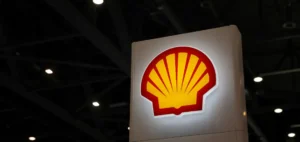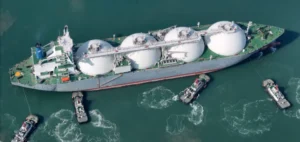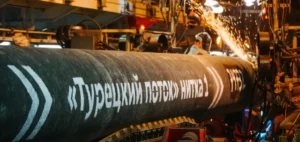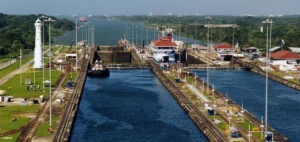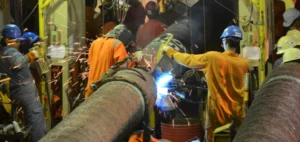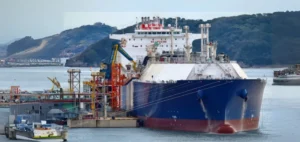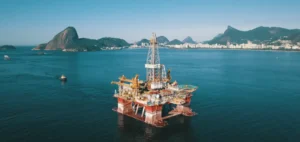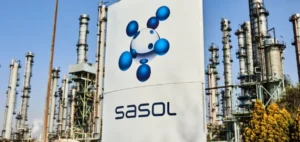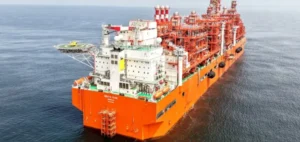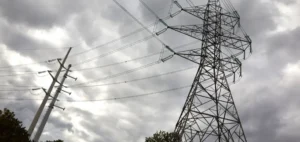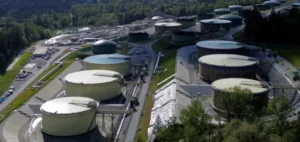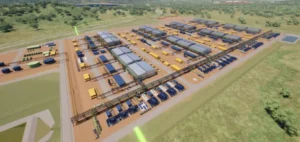Despite efforts over the summer to increase gas reserves, Ukraine currently falls short of the target set for November. With 12.5 billion cubic meters (Bcm) in storage, compared to a target of 13.2 Bcm, energy reserves are down compared to previous years. In 2023, the country achieved 16 Bcm at this time, largely due to gas injections from European traders. However, recent attacks on storage infrastructure and the diminished economic appeal of storage in 2024 have reduced such contributions.
Energy Context and National Security
The issue of energy security in Ukraine is particularly important as the cold season arrives. According to Naftogaz CEO Oleksiy Chernyshov, the rational management of energy is an imperative to ensure safe passage through the winter. He calls on each community to adopt more efficient energy practices, noting that the stakes go beyond simple energy savings and touch on the country’s energy independence.
Russia’s offensive on Ukrainian soil has pushed authorities to focus on national production capacity. In 2024, domestic gas production is expected to increase again, following the trend of 2023, when it reached 18.7 Bcm, compared to 18.5 Bcm in 2022. The state-owned UkrGazVydobuvannya has been a key player in these efforts to boost output.
Fuel Reserves for Power Generation
Despite relatively low gas storage levels, Ukraine has reserves of diesel, gasoline, and gas to power backup generators. According to Deputy Energy Minister Mykola Kolisnyk, these stocks aim to ensure network stability during the heating season. A significant number of diesel and gasoline generators were also imported to offset any potential energy supply interruptions.
The International Energy Agency (IEA) had recommended that Ukraine import an additional 0.6 Bcm of gas to reach its storage target. Funding these imports, estimated at €250 million, however, remains challenging. In the event of below-average winter temperatures, gas demand could rise by 25% compared to last year’s levels, placing additional strain on storage infrastructure.
Future Uncertainties
The current situation may worsen with the end of Russian gas transiting through Ukraine, planned for January 2025. The termination of the gas transit agreement between Ukraine and Russia would necessitate supply adaptations from Central and Eastern Europe, resulting in additional costs due to transmission tariffs.
Ukraine may thus find itself more reliant on the reserves stored on its territory. However, storage infrastructure remains vulnerable to attacks, as evidenced by the Russian missile and drone strikes that occurred earlier in the year.
Strategies for Sustainable Energy Independence
To strengthen the country’s energy resilience, Ukrainian authorities are focused on increasing domestic gas production. Reducing dependence on imports remains a priority, given the high cost of gas in European markets and price volatility. This strategy addresses not only economic imperatives but also strategic goals, in a context where energy security is a key element of Ukrainian independence amid Russian pressures.
While Ukraine could theoretically rely on its storage and production capacities to meet demand this winter, an intense cold wave could disrupt this fragile balance. Infrastructure adaptations, supply management, and Ukraine’s ability to secure international funding will be decisive factors in securing the country’s energy supply in the coming months.



